Bletchley Park Computer Museum home of the WWII Codebreakers
Hopefully, everyone knows about the Bletchley park museum the Home of the Code Breakers and the story of Alan Turing. If you don’t then you must visit Bletchley Park and the National Museum of Computing to educate yourself on the struggles of Code Breaking and WWII.
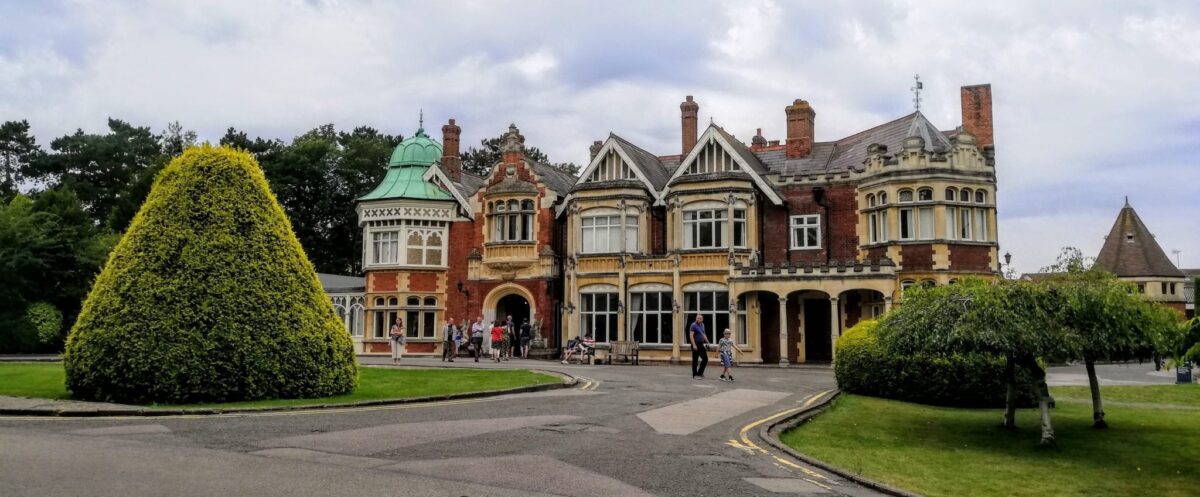
As a top-secret location during WWII Bletchley Park was of incalculable value in helping Britain win WWII. If it wasn’t for the work done at Bletchley, then the world as we know it would be truly different.
Britain had produced modified bombes, but it was the success of the US Navy Bombe that was the main source of reading messages from Enigma for the rest of the war.
- Bletchley Park Computer Museum home of the WWII Codebreakers
- Map of Bletchley Park
- Bletchley Park computer museum – The National Museum of Computing (TNMOC)
- Things you must see at the National Museum of Computing
- Bletchley Park Museum a place of exceptional historical importance
- Who worked at Bletchley Park?
Thanks to Bletchley Park and Experience Oxfordshire for providing complimentary entry for the purpose of this honest review. All opinions expressed are my own and as usual brutally honest lol. Xyuandbeyond is reader-supported. When you buy through links on our site, we may earn an affiliate commission. You can read my privacy policy here.
Getting to Bletchley Park Museum
Bletchley Park and its adjacent National Museum of Computing are two sites that are a must-see when in this area. While these are two separate locations they are within easy walking distance of each other on the same grounds.
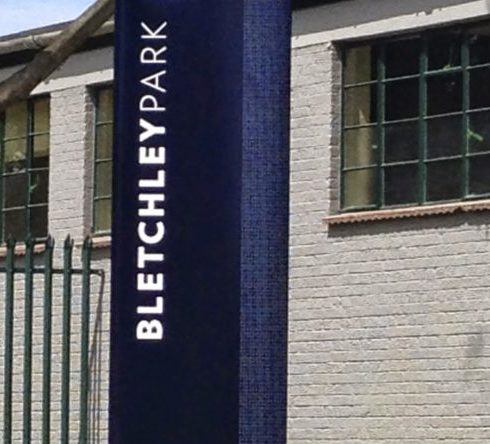
By Rail
Bletchley Railway Station is 400 metres from The National Museum of Computing. – Turn right down the road to the pedestrian crossing and the entrance to the park estate is the other side of the road.
By Bus
Buses and coaches from all parts of Milton Keynes and beyond arrive at Bletchley Bus Station. On leaving the Bus Station head towards the Railway Station and turn right down the road to the pedestrian crossing the entrance to the park estate is the other side of the road.
By Road
For Satellite Navigation users please use this postal code (MK3 6DS) and continue past it (with the station on your right). The new Bletchley Park entrance is shortly afterwards on the left (after Milton Keynes College).
Bletchley Park address
The Mansion, Bletchley Park,
Sherwood Drive, Bletchley,
Milton Keynes, MK3 6EB
Parking at Bletchley Park
There is limited, free on-site parking available for cars, but car parking cannot be reserved. The car park includes 2 electric car charging points for visitors to use
Bletchley park tickets
Admission prices to Bletchley Park
On the day price
Adults – £25.50
Children 12 to 17 – £25.50
Children under 12 – FREE**
How long does it take to visit Bletchley Park? It took us around 4 hours to go around the entire complex of the Bletchley Park Museum and they recommend 4-5 hours.
SPECIAL NOTE: A visit to Bletchley Park involves both indoor and outdoor activities. Any heel which covers an area smaller than a postage stamp can cause irreparable damage to floors and carpets so sharp-heeled shoes are not permitted.
Map of Bletchley Park
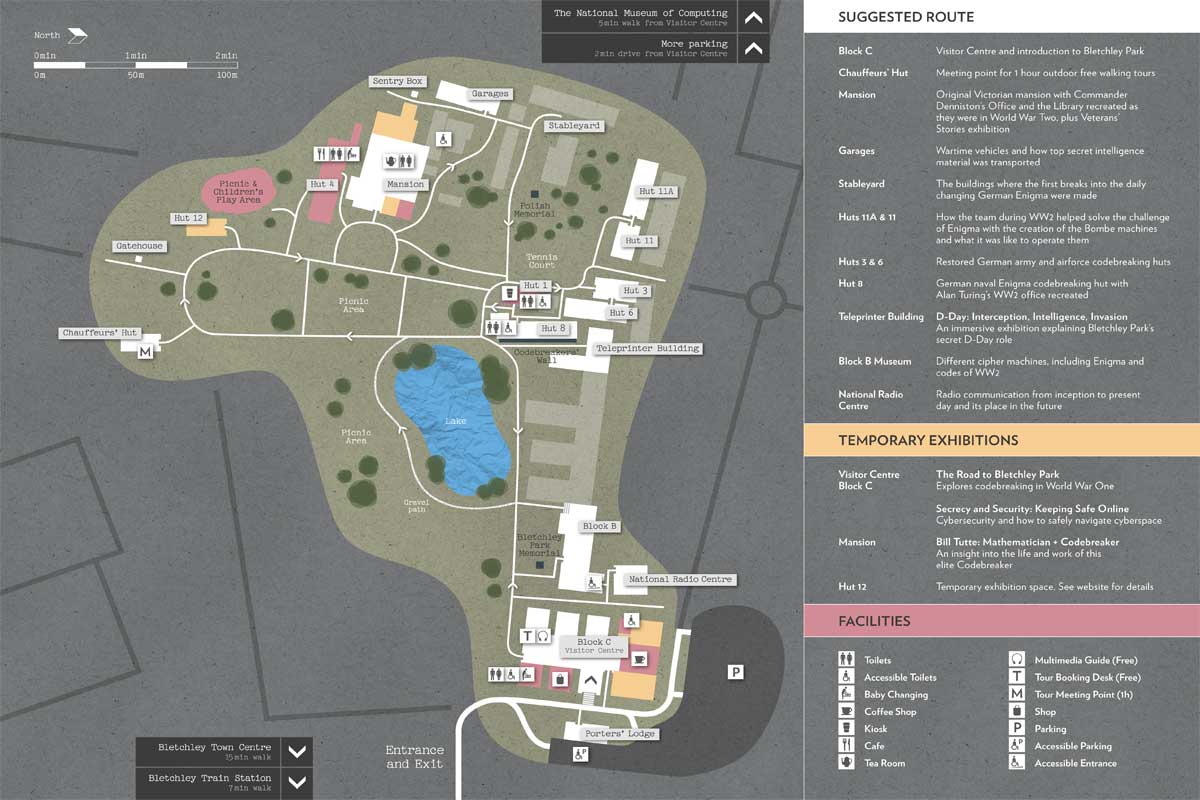
Bletchley Park computer museum – The National Museum of Computing (TNMOC)
The National Museum of Computing is open Tuesday – Sunday and traces the history of computing and includes working reconstructions of the Turing-Welchman Bombe that broke Enigma and Tommy Flowers’ Colossus that broke the Lorenz cypher, used by Hitler to communicate strategic messages with his High Command.
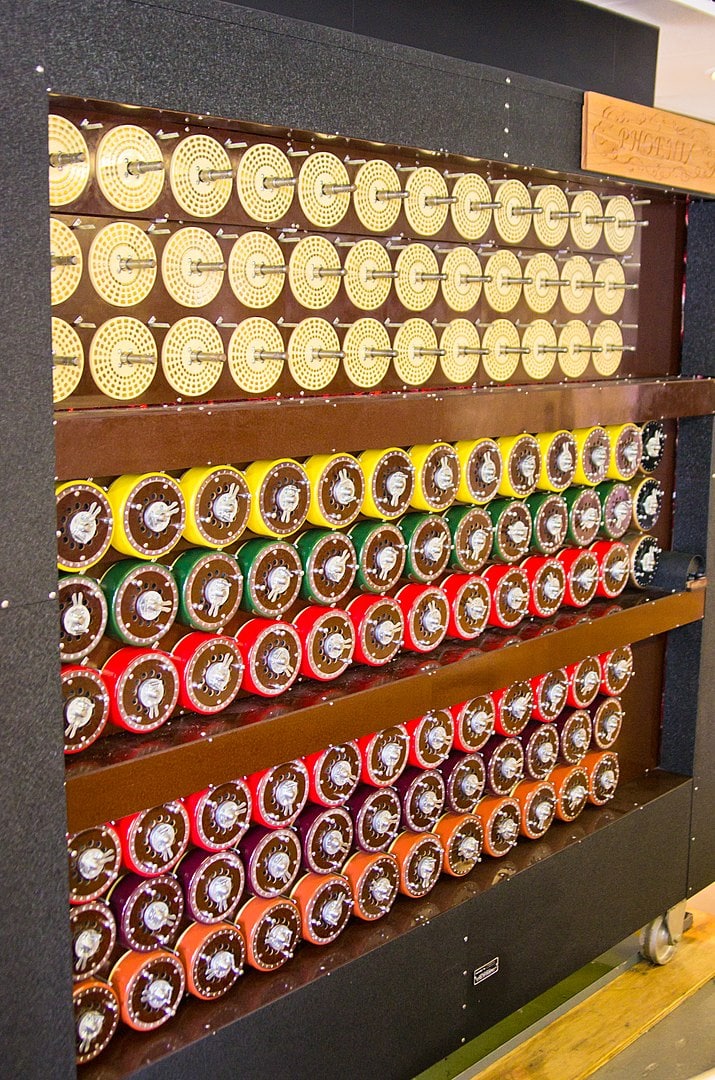
Housing the world’s largest collection of working historic computers, the Museum takes its visitors through the development of computers from the ultra-secret work done at Bletchley during WWII to the personal computers we use today.
The German navy had very tight and controlled procedures, and the capture of codebooks was needed before they could be broken. In February of 1942, the German navy introduced the four-rotor Enigma for communications with its Atlantic U-boats, this traffic became unreadable for a period of ten months.
Map of the National Museum of Computing

The National Museum of Computing is home to the world’s largest collection of working historic computers. It is one of England’s top 100 ‘irreplaceable places’. Recently both Bletchley Park and the National Museum of Computing welcomed back the veterans of WWII who worked at Bletchley and helped break the Enigma codes.
Things you must see at the National Museum of Computing
Enigma Machine
This is a fascinating working reconstruction of the machine that broke the Enigma codes. The Colossus Bombe machine is widely believed to have not only shortened the war but saved countless lives during that era.
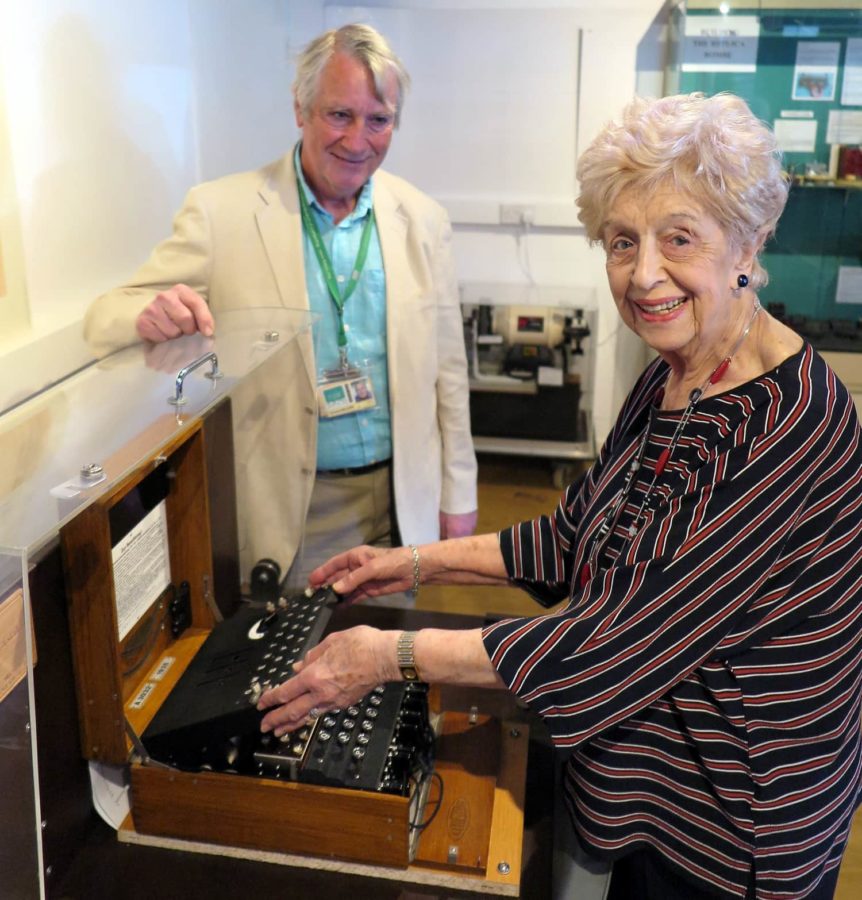
From encrypt to decrypt during World War II
The Tunny Gallery, along with the Colossus Gallery, shows the entire World War II code-breaking process of the Lorenz-encrypted messages, Tunny as is called, from signal intercept at the Knockholt receiving station in Kent to the production of the final decrypts on Tunny machines in Bletchley Park.
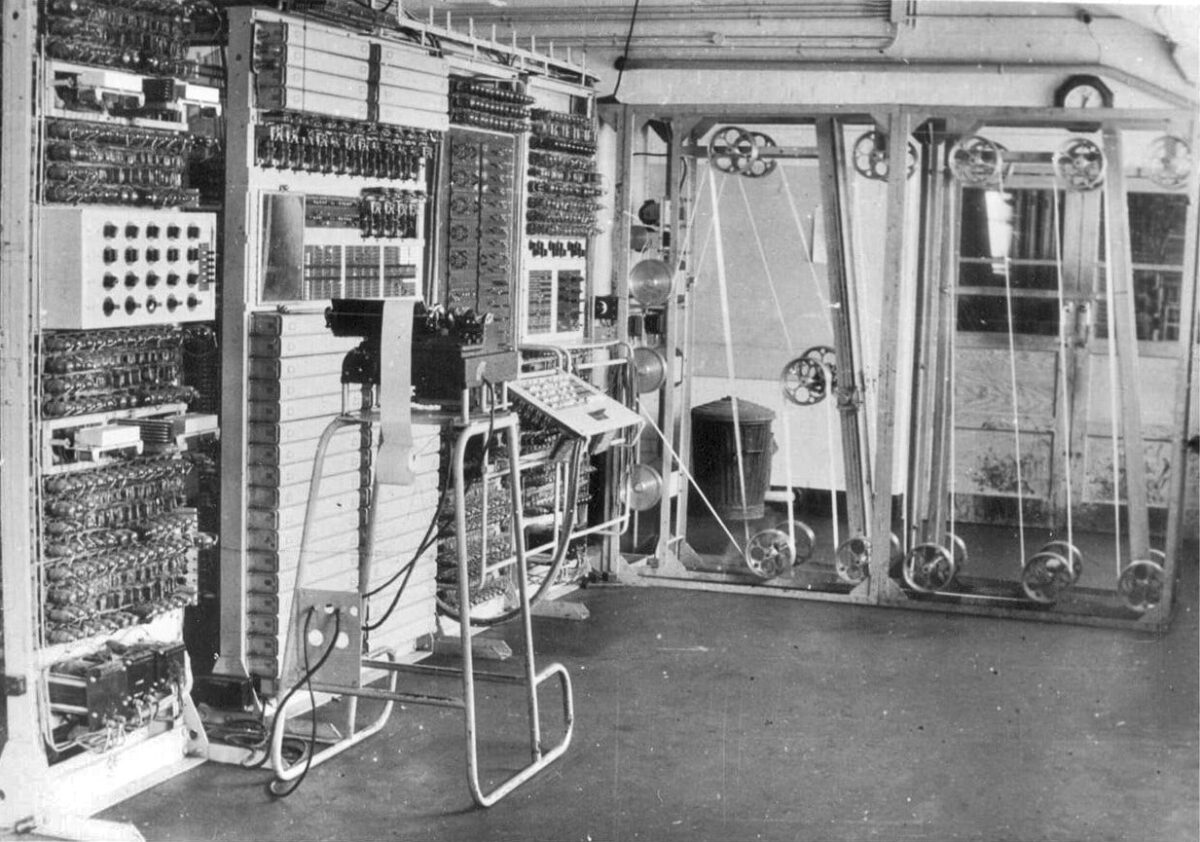
Colossus
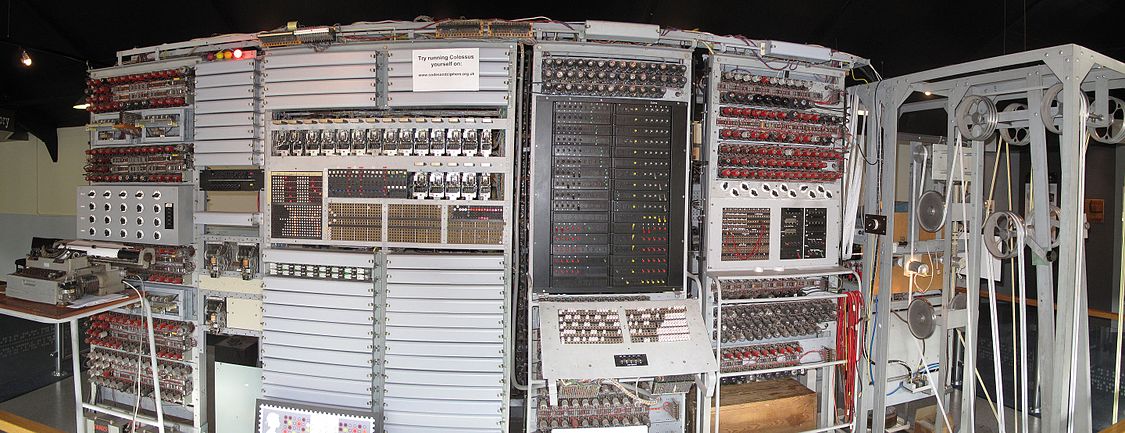
Colossus, the world’s first electronic computer, had a single purpose: to help decipher the Lorenz-encrypted (Tunny) messages between Hitler and his generals during World War II.
How the early computers were constructed
See what the very early computer systems looked like in the 1950s; The reconstruction of the first EDSAC computer, the Harwell Dekatron Computer, aka WITCH, and the original HEC prototype.
When computers filled a room
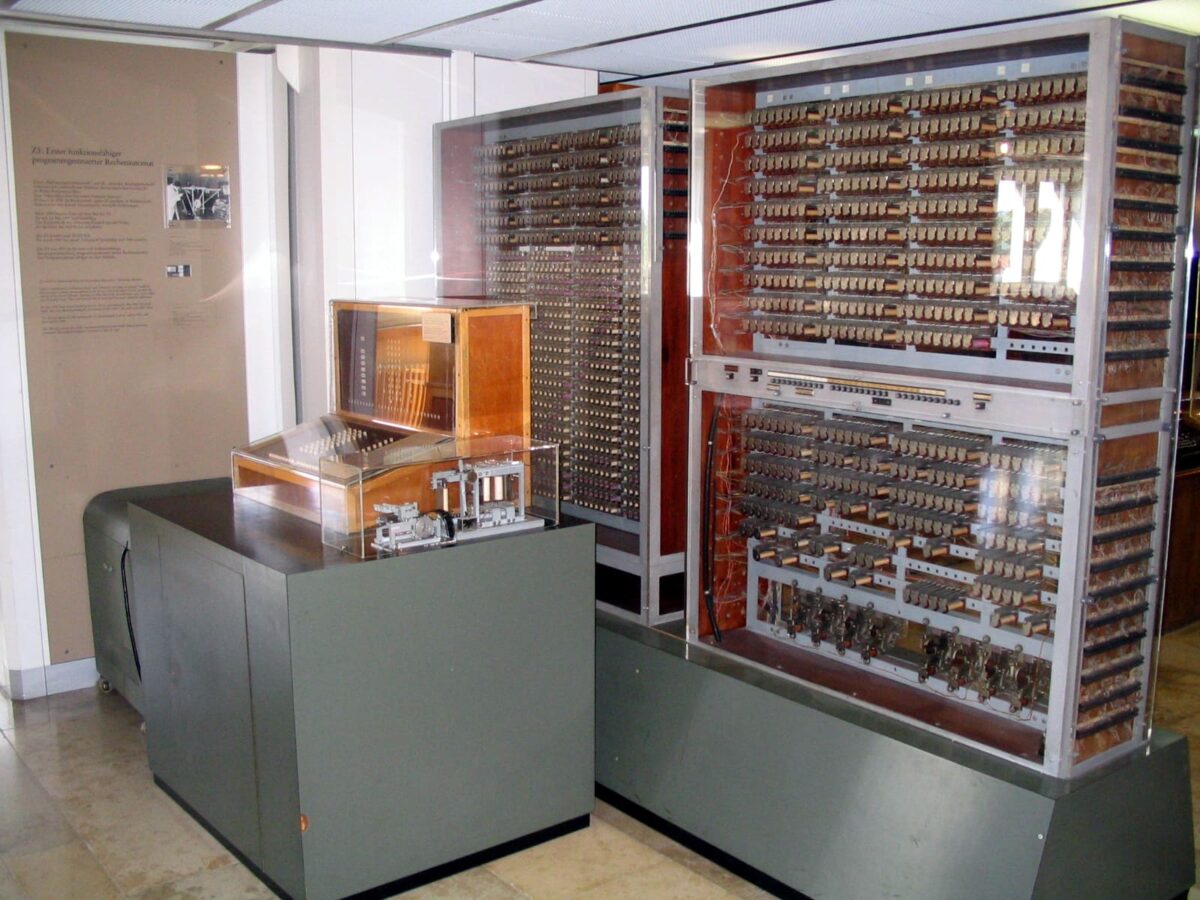
I am old enough to remember the days in the late ’70s and early 80’s when the computer we used filled an entire building, not just a room. When entering we had to wear white hazard suits, hairnets and booties so we didn’t inadvertently bring in dust that would compromise the machine.
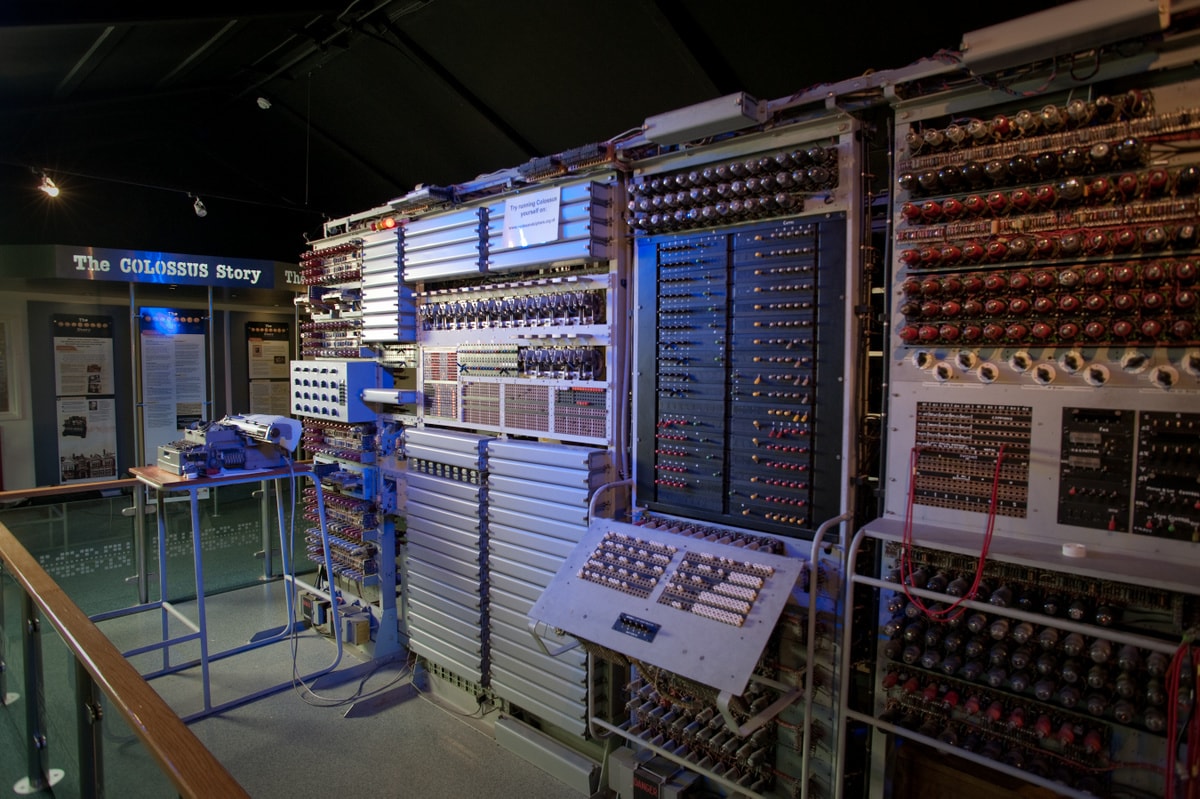
At the National Museum of Computing, you will see huge computers that actually still run. From the huge ICL 2966 of the 1980s, a 1950’s Marconi TAC, 1960’s Elliotts and a 1960s IBM 1130.
Computer Games
Take on the challenge and play some retro computer games on Mac’s Amstrads and early IBM machines.
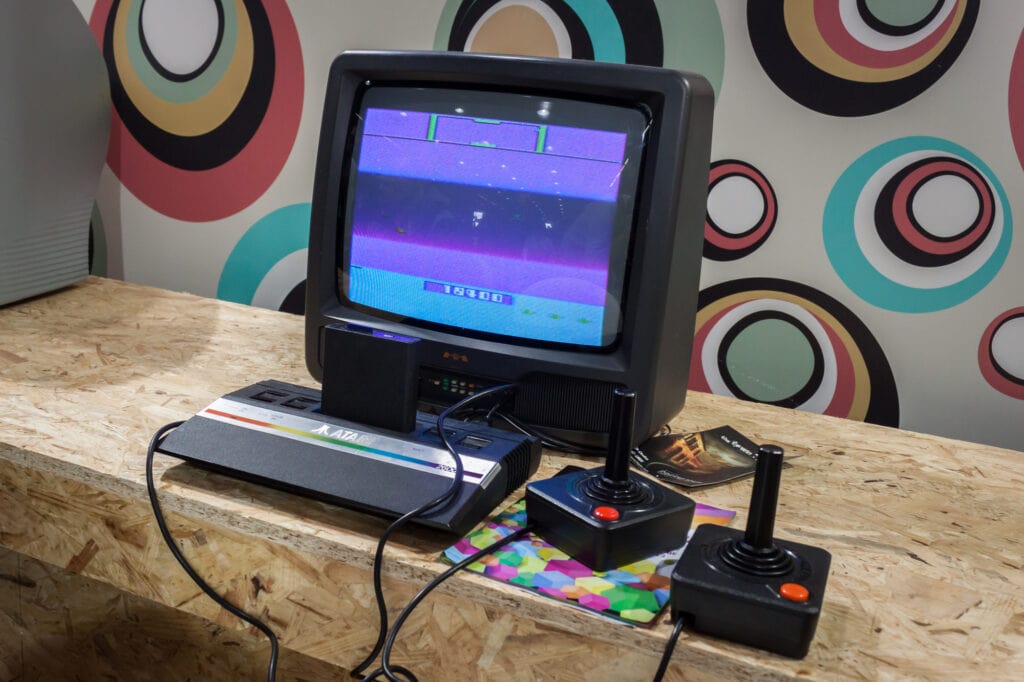
Bletchley Park Museum a place of exceptional historical importance
Bletchley park museum is an internationally renowned heritage attraction, that celebrates technological excellence, and the patriotism of the era. In May 1938 Admiral Sir Hugh Sinclair, the founder and head of the Secret Intelligence Service (SIS or MI6), bought the mansion and 58 acres (23 ha) of land for £6,000 (£408,000 today) with his own money. Sinclair chose the location near a train station and close to Cambridge and Oxford whose graduates were intended to become the codebreakers.
Bletchley Park WW2
On 18 September 1938, a small group of people moved into Bletchley Park Manor pretending to be a shooting party. They were a group of friends having a brilliant weekend at a country house. There was even a Chef from the Savoy Hotel among the Bletchley Park codebreakers.

Who worked at Bletchley Park?
The Intelligence Factory
How many people worked at Bletchley Park? The Bletchley Park Roll of Honour with details of over 10,000 people who worked at the Government Code and Cypher School is online and you can search for your family who may have worked there. Now Bletchley Park has asked for all the veterans whose identities were kept secret to come forward to add their stories to the Honour Roll. The Bletchley Park Trust has assured them that the stories and photos are now safe to be revealed.
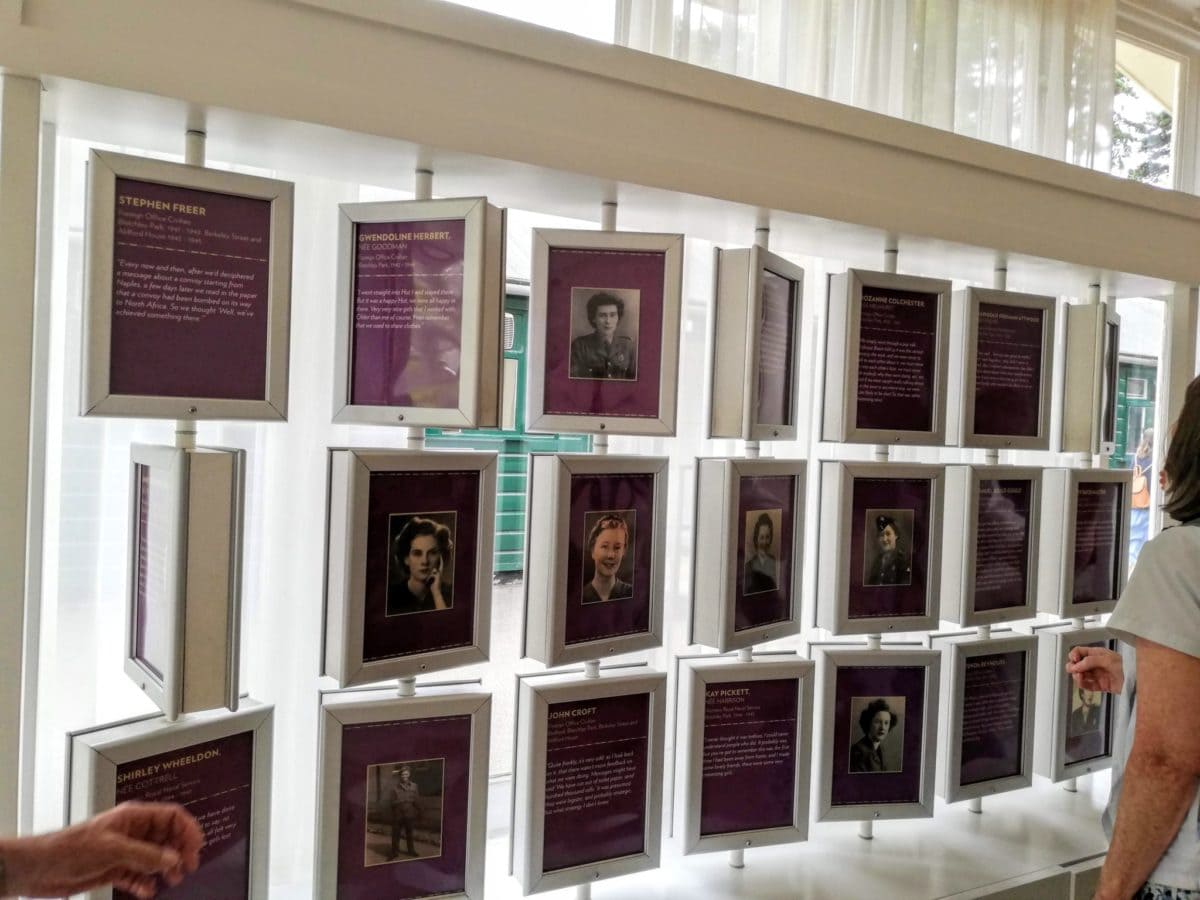
Unbeknownst to the world and the country, they were a highly trained and intelligent force of codebreakers. Recruited from such august organizations such as MI6 and the Government Code and Cypher School. They sent their very first message on the day they arrived and the work began.
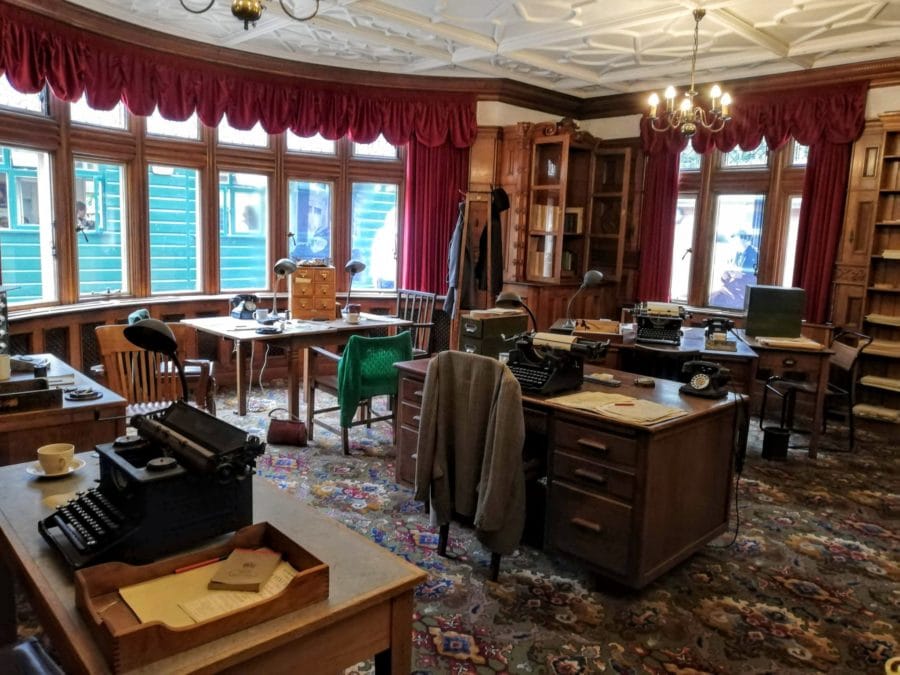
These critical war workers devised methods so that the Allied Forces could decipher the military codes from German, Japanese and other Axis nations’ communications. This produced vital intelligence that allowed Britain and their Allies to prevent many tragedies such as bombing runs, ship sinkings, and much more.
While many worked in the manor house several huts were constructed on-site to hold the secret code breakers’ work and they all remain to this day.
Between 1942 – 1945, Bletchley Park rapidly increased its multi-skilled workforce to around 9,000 to meet operational demands. In February 1941, a group of Americans arrived at Bletchley Park, in what marked the beginnings of an extraordinary UK-USA intelligence alliance that continues to this day.
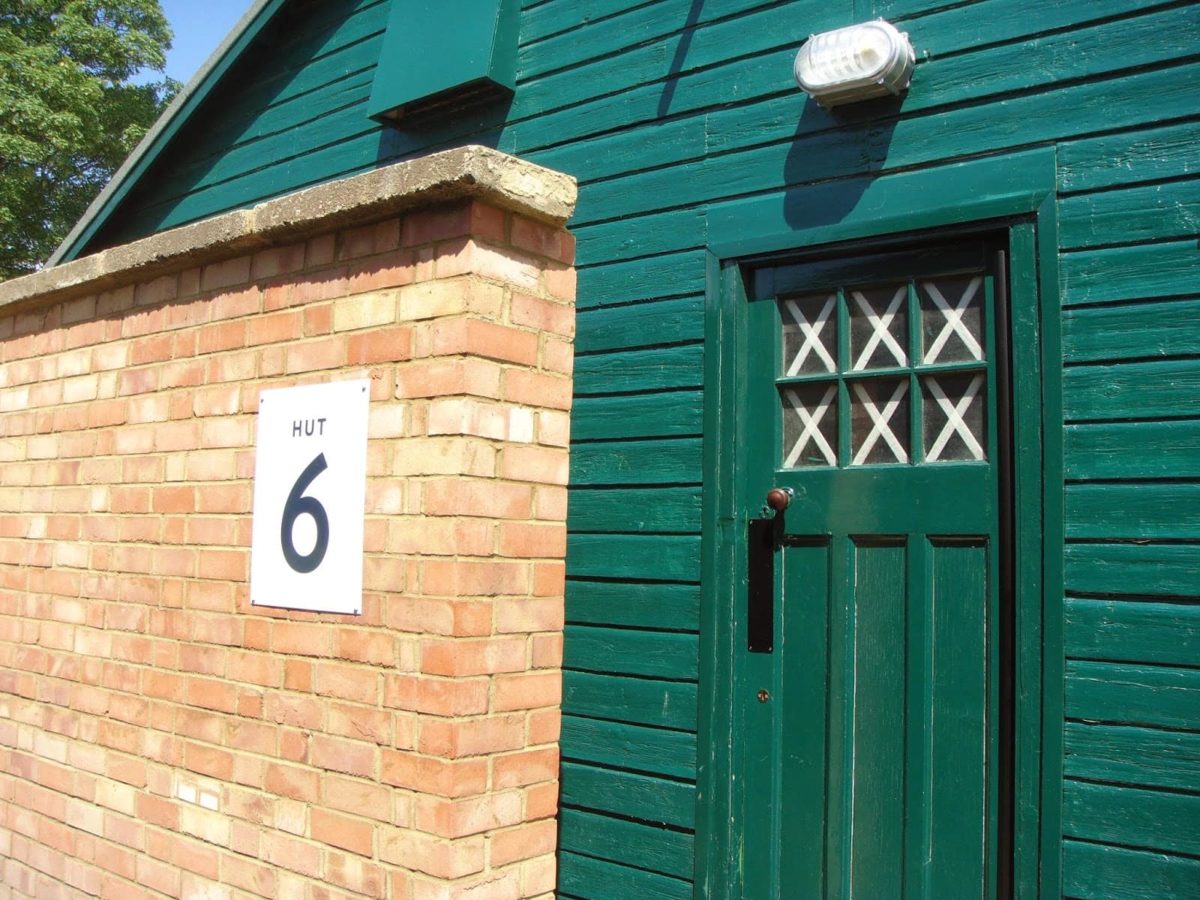
The women of Bletchley Park
Over 75% of the people working at Bletchley Park were women. Hut 11a also became a training centre for the Women’s Royal Navy Service – WRNS, nicknamed ‘Wrens’ – who operated the machines. They recall the Huts being hot and noisy; Hut 11 was referred to as the “Hell Hole”. Most of the women were hired to do clerical work or assigned to monotonous tasks that were nevertheless key to the job at hand. The women at Bletchley Park held numerous roles at Bletchley, ranging from administrators, card index compilers and dispatch riders to code-breaking specialists.
Joan Clarke was a vital member of the Bombe team, working alongside Alan Turing and for a time was even his fiance. She worked at Bletchley Park in the section known as Hut 8 and became the only woman who could translate Banburismus, a cryptanalytic process developed by Alan Turing which reduced the need for bombe machines.

Jean Valentine was an operator of the Bombe device in Hut 11. Jean Valentine was involved with the reconstruction of the bombe at Bletchley Park Museum, which was finished in 2006.
Mavis Batey made incredible contributions to breaking the Nazi code, by deciphering a message that led to a complete understanding of the Abwehr Enigma. This specific German encryption tool was used for German intelligence and counter-espionage, and knowledge of how these specific messages were encrypted made monumental impacts on the war effort.
Alan Turing and Bletchley Park
Alan Turing one of Bletchley’s most famous residents was an English mathematician, computer scientist, logician, and cryptanalyst, Turing is widely considered to be the father of theoretical computer science and artificial intelligence.
In 1941 there was still a problem at Bletchley Park due to there not being enough staff. Turing and others wrote a letter directly to Prime Minister Winston Churchill, who promptly ordered his chief of staff to “make sure they have all they want on extreme priority and report to me that this has been done.”
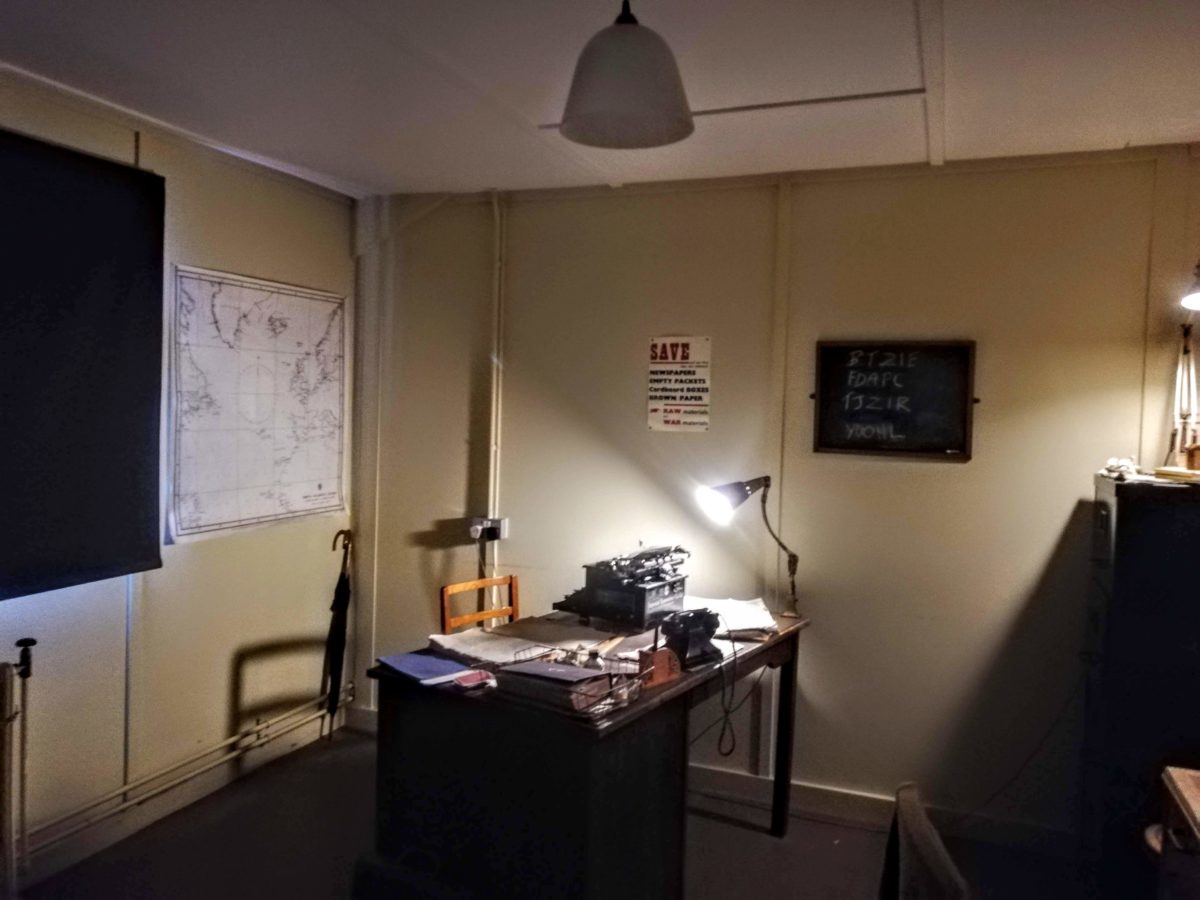
Sadly though as many will know from the film with Benedict Cumberbatch The Imitation Game Turing was a homosexual and although his efforts helped Britain win the war he was prosecuted in 1952 for gross indecency.
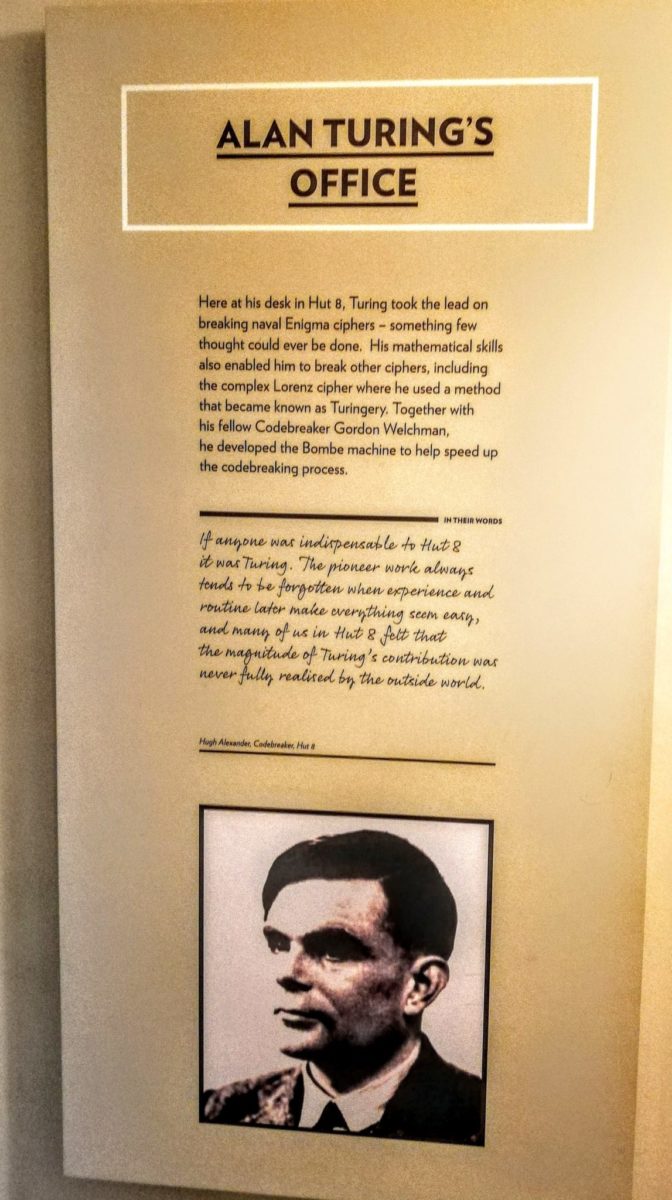
As a result, he accepted chemical castration a barbaric practice as an alternative to prison. His death was ruled a suicide by cyanide poisoning but it has been noted since that it was accidental poisoning.
A massive internet campaign was launched in 2009, to clear his name and the British Prime Minister Gordon Brown made an official public apology on behalf of the British government for “the appalling way he was treated”.
Alan Turing worked in Hut 8 at Bletchley Park and the offices and hut are set up exactly like they were in Alan Turing’s tenure there.
Joan Clarke worked at Bletchley Park in the section known as Hut 8 and quickly became the only female practitioner of Banburismus, a cryptanalytic process developed by Alan Turing which reduced the need for bombes—electromechanical devices as used by British cryptologists.
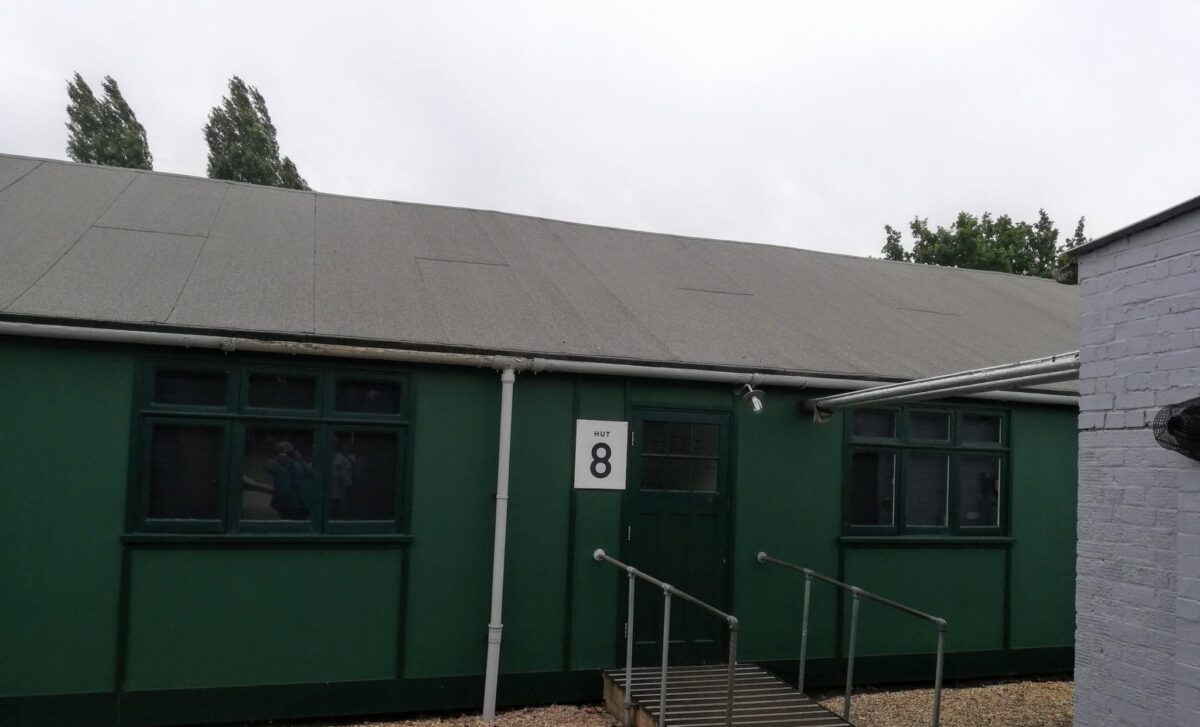
In 2013 Queen Elizabeth II granted Turing a posthumous pardon in 2013. The Alan Turing law is now an informal term for a 2017 law in the United Kingdom that retroactively pardoned men cautioned or convicted under historical legislation that outlawed homosexual acts.
On 15 July 2019, the Bank of England announced that Turing would be depicted on the United Kingdom’s new £50 note.
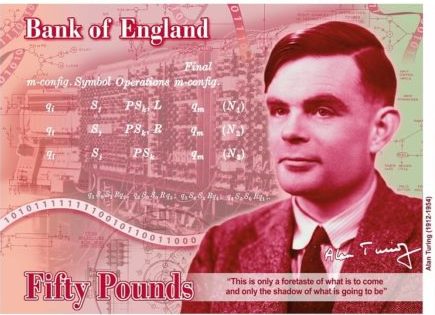
The Mansion at Bletchley Park
A mansion was first built on Bletchley Park in 1711 but it didn’t become known as Bletchley until 1877. The estate is comprised of 581 acres and the house subsequently built on the site was described as being comprised of Victorian Gothic, Tudor and Dutch Baroque architectural styles. It became known as a “maudlin and monstrous pile”.
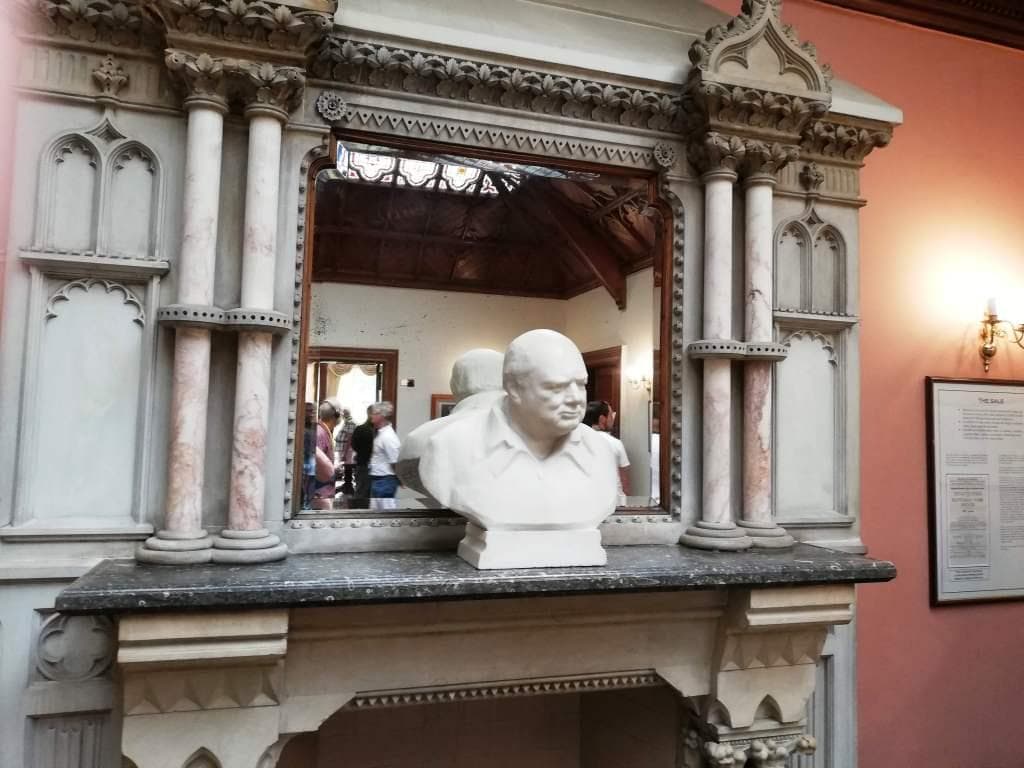
Samuel Seckham who owned the Manor house used to host horse meets on Boxing Day. The riders were served glasses of Sloe Gin from the Bulter before they raced off in their horse and hounds’ red jackets to chase the foxes. Somewhat like a scene out of Downton Abbey.
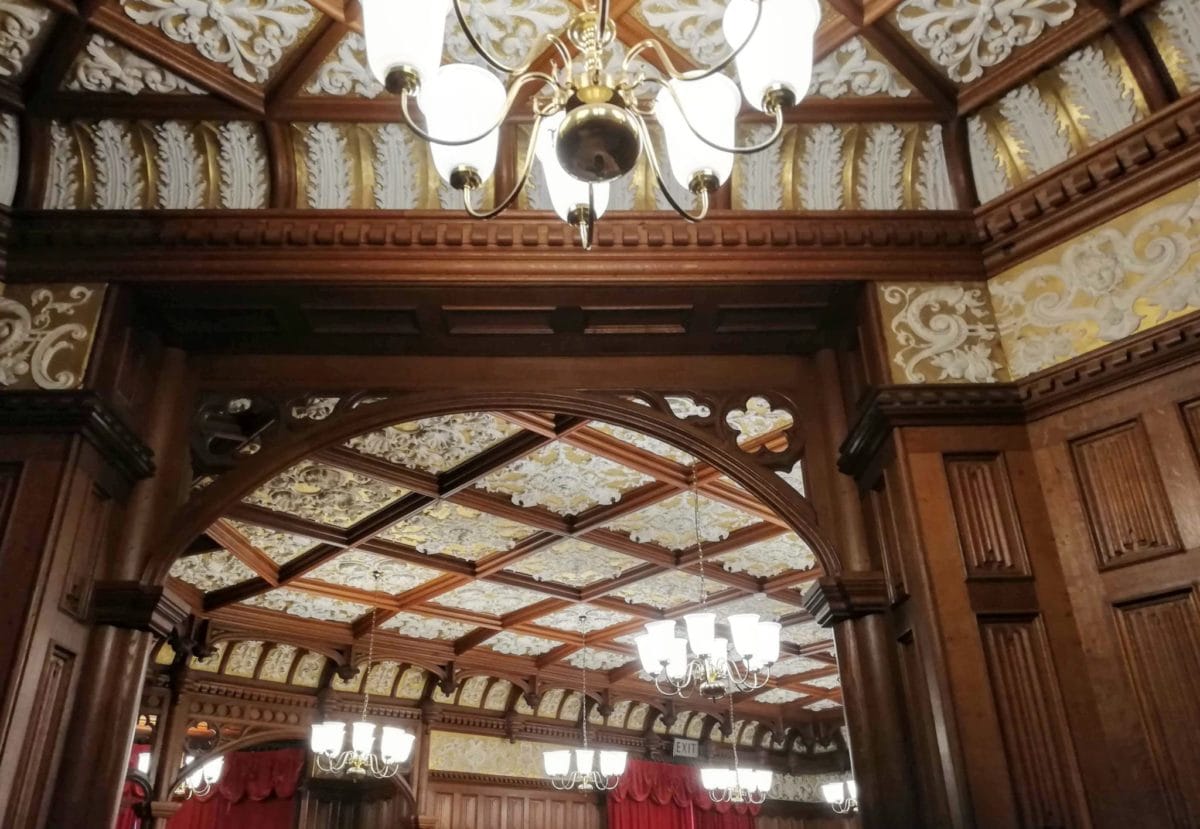
In 1938, the mansion and much of the site were bought by a builder hoping to make a new housing estate. In May of 1938, the head of MI6 purchased the estate using his own money for the use of the government in the event of a war.
The site was seen as a perfectly situated location, easy to reach from London and right across the road from the railway station. The site was on the railway line between Cambridge and Oxford from which many of the code-breakers were to be recruited.
During the war there quickly became a need for additional areas to house the workers and their codebreaking work. The Naval, Military, and Air Sections were on the ground floor of the mansion, together with a telephone exchange, teleprinter room, kitchen, and dining room; the top floor was allocated to MI6.
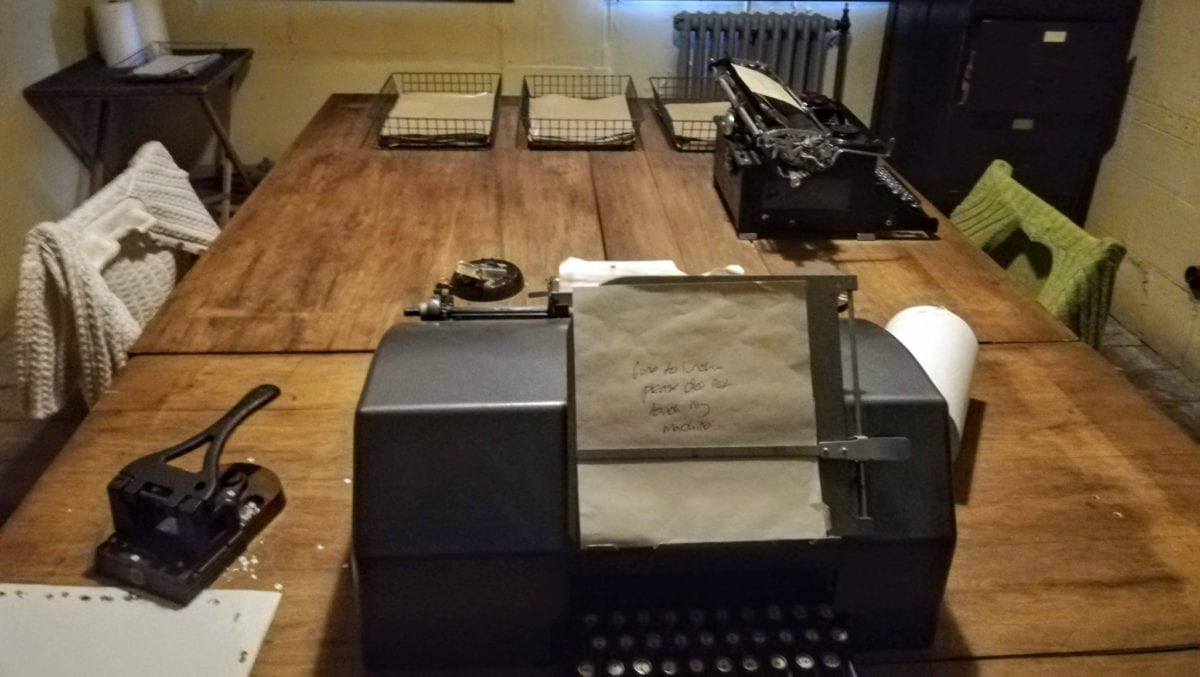
Construction of the wooden huts began in late 1939, and Elmers School, a neighbouring boys’ boarding school in a Victorian Gothic redbrick building by a church, was acquired for the Commercial and Diplomatic Sections.
When America joined the American cryptographers were posted to Hut 3. Alan Turing’s work was carried out in Hut 6. Most of the huts are as they were during the war and they are filled with maps, the equipment that was used during this time as well as memorabilia that make you feel as if they just left the building.
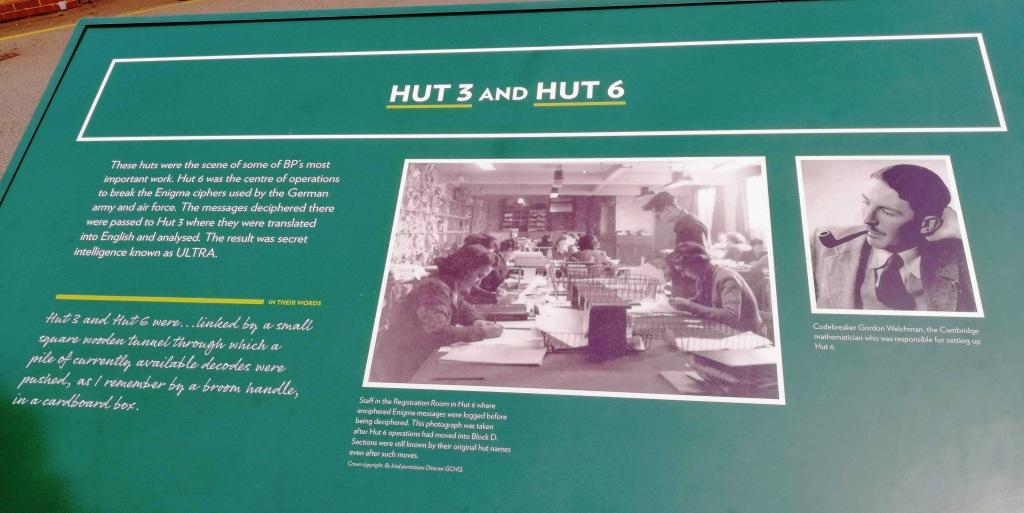
Fortunately, during the war, Bletchley Park was far enough away from London to sustain very little damage. The only damage done was in November of 1940 when 3 bombs went off near the railway station. Since Bletchley was top secret the enemy could not have known how close this was to Bletchley Park.
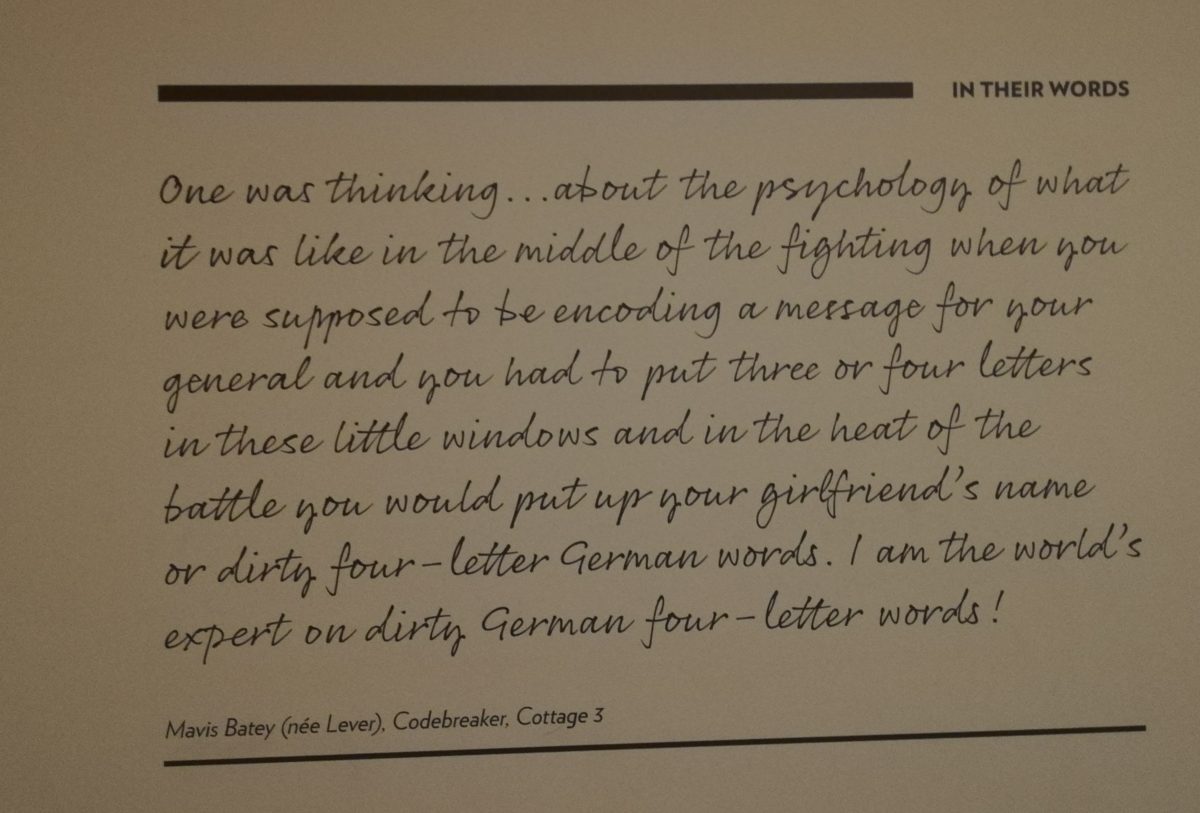
These are the exhibitions that were on display when we went to Bletchley Park
National Radio Centre
The National Radio Centre is a showcase for radio communications technology
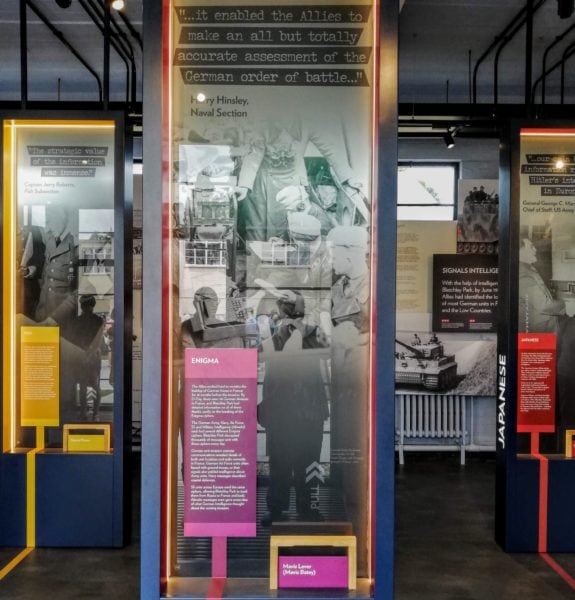
Visiting Bletchley Park is a great way to spend a day. There are several events you can attend at the park and on weekends during the summer there is often live music held in front of the Manor House.
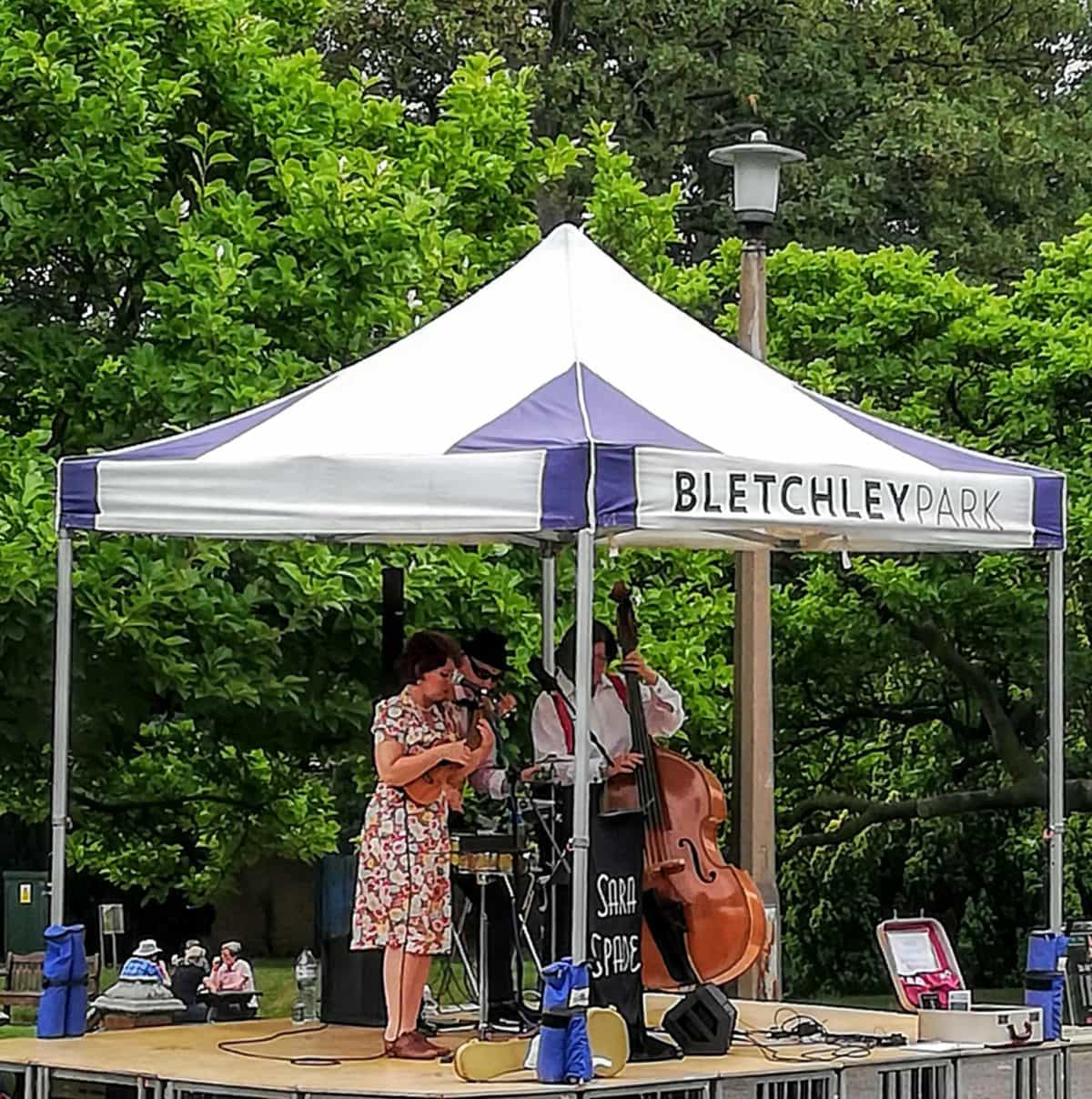
Take a picnic and enjoy the ground and the small lake where the children can feed the ducks. You can have a gin and tonic in the sunshine and dance to some retro 1940s or jazz age music.
Bletchley Park and the National Museum of Computing are fabulous ways to spend the day and your kids will love it.
Other stories you might be interested in
The beaches of Normandy – lest we forget
A visit to Auschwitz a soul disturbing pilgrimage
Escaping London for the weekend
Hidden gems of London and off the Beaten Path sites
Pin it for later

